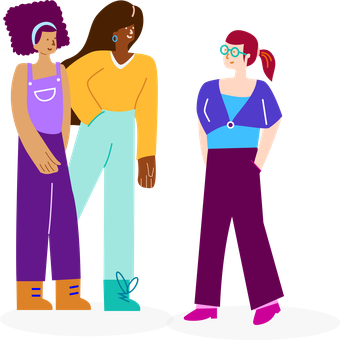Last updated: 03 November 2022
Women's Homelessness - What's the difference?
Women experience homelessness in different ways to men. Triggers of homelessness as well as experiences while homeless are unique to each person, however a person's gender and relationship to their gender impacts on their experience. Women are less likely to be visibly homeless, for a variety of reasons, a significant reason being the need to manage their own safety. Women are more likely to experience homelessness between temporary accommodation, other precarious forms of accommodation and rough sleeping. Women are also less easily categorised as single and homeless, their relationship to motherhood affecting their experience of being homeless.
To consider the impact of gender is to adopt a 'gender informed' approach. The literature review 'Exploring Women's Homelessness' provides further details on what we know so far on women's homelessness and how it differs from men's.
